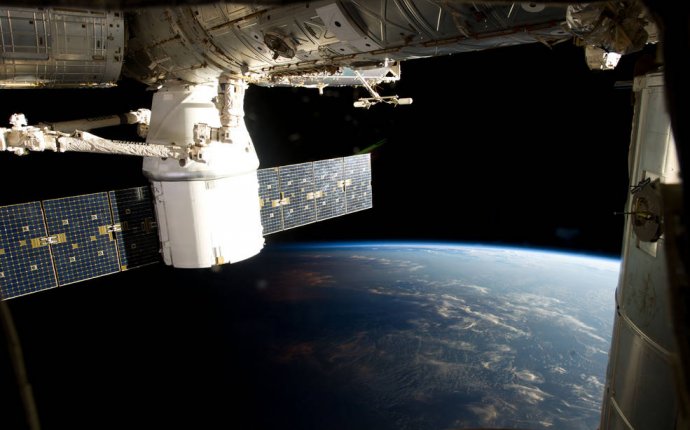
NASA space exploration Missions
Arizona State University’s Psyche Mission, a journey to a metal asteroid, has been selected for flight, marking the first time the school will lead a deep-space NASA mission and the first time scientists will be able to see what is believed to be a planetary core.
The mission’s spacecraft is expected to launch in 2023, arriving at the asteroid in 2030, where it will spend 20 months in orbit, mapping it and studying its properties.
It will be part of NASA’s Discovery Program, a series of lower-cost, highly focused robotic space missions that are exploring the solar system. The Psyche project is capped at $450 million.
“This mission, visiting the asteroid Psyche, will be the first time humans will ever be able to see a planetary core, ” said principal investigator Lindy Elkins-Tanton, director of ASU’s School of Earth and Space Exploration (SESE). “Having the Psyche Mission selected for NASA’s Discovery Program will help us gain insights into the metal interior of all rocky planets in our solar system, including Earth.”
Psyche, an asteroid orbiting the sun between Mars and Jupiter, is made almost entirely of nickel-iron metal. As such, it offers a unique look into the violent collisions that created Earth and the other terrestrial planets.
The scientific goals of the Psyche mission are to understand the building blocks of planet formation and explore firsthand a wholly new and unexplored type of world. The mission team seeks to determine whether Psyche is a protoplanetary core, how old it is, whether it formed in similar ways to the Earth’s core, and what its surface is like.
“The knowledge this mission will create has the potential to affect our thinking about planetary science for generations to come, ” ASU President Michael M. Crow said. “We are in a new era of exploration of our solar system with new public-private sector partnerships helping unlock new worlds of discovery, and ASU will be at the forefront of that research.”
Video of
Psyche — a window into planetary cores
Every world explored so far by humans (except gas giant planets such as Jupiter or Saturn) has a surface of ice or rock or a mixture of the two, but their cores are thought to be metallic. These cores, however, lie far below rocky mantles and crusts and are considered unreachable in our lifetimes.
Psyche, an asteroid that appears to be the exposed nickel-iron core of a protoplanet, one of the building blocks of the sun’s planetary system, may provide a window into those cores. The asteroid is most likely a survivor of violent space collisions, common when the solar system was forming.
Psyche follows an orbit in the outer part of the main asteroid belt, at an average distance from the sun of about 280 million miles, or three times farther from the sun than Earth. It is roughly the size of Massachusetts (about 130 miles in diameter) and dense (7, 000 kg/m³).
“Being selected to lead this ambitious mission to the all-metal asteroid Psyche is a major milestone that reflects ASU’s outstanding research capacity, ” said Sethuraman Panchanathan, executive vice president and chief research and innovation officer at ASU. “It speaks to our innovative spirit and our world-class scientific expertise in space exploration.”
Mission instrument payload
The spacecraft's instrument payload will include magnetometers, multispectral imagers, a gamma ray and neutron spectrometer, and a radio-science experiment.
The multispectral imager, which will be led by an ASU science team, will provide high-resolution images using filters to discriminate between Psyche's metallic and silicate constituents. It consists of a pair of identical cameras designed to acquire geologic, compositional and topographic data.











